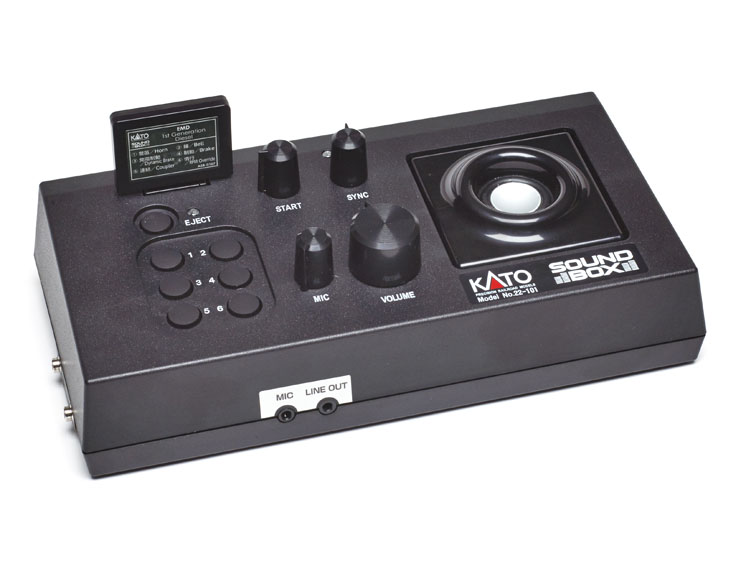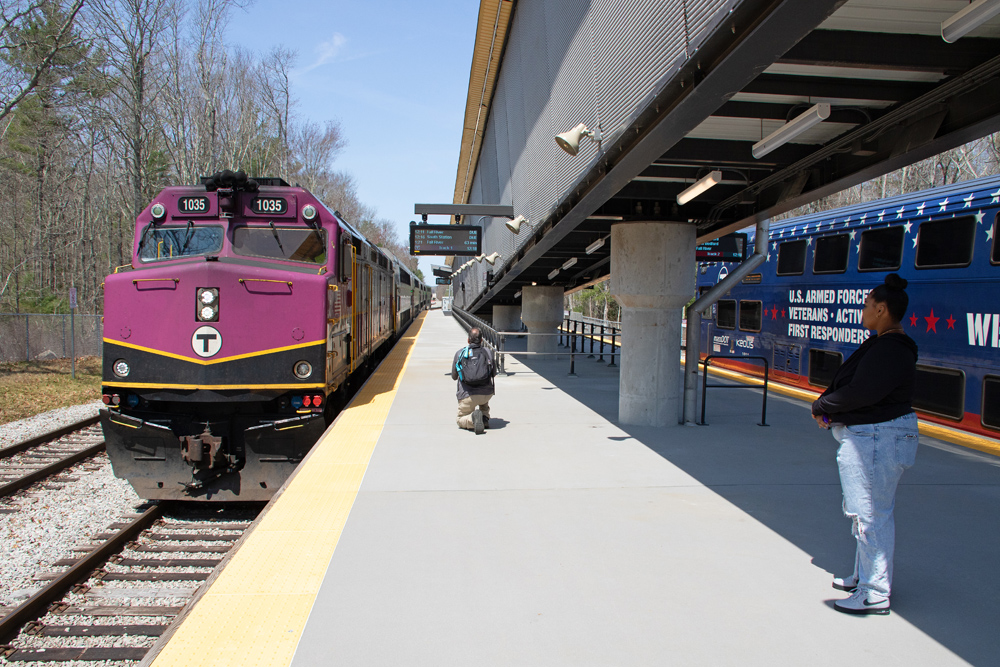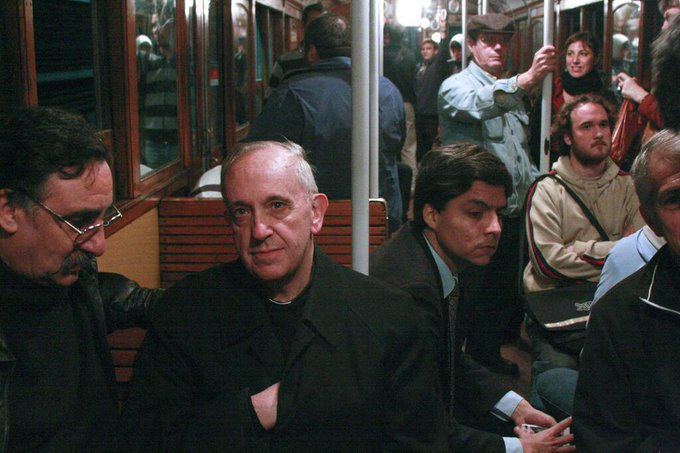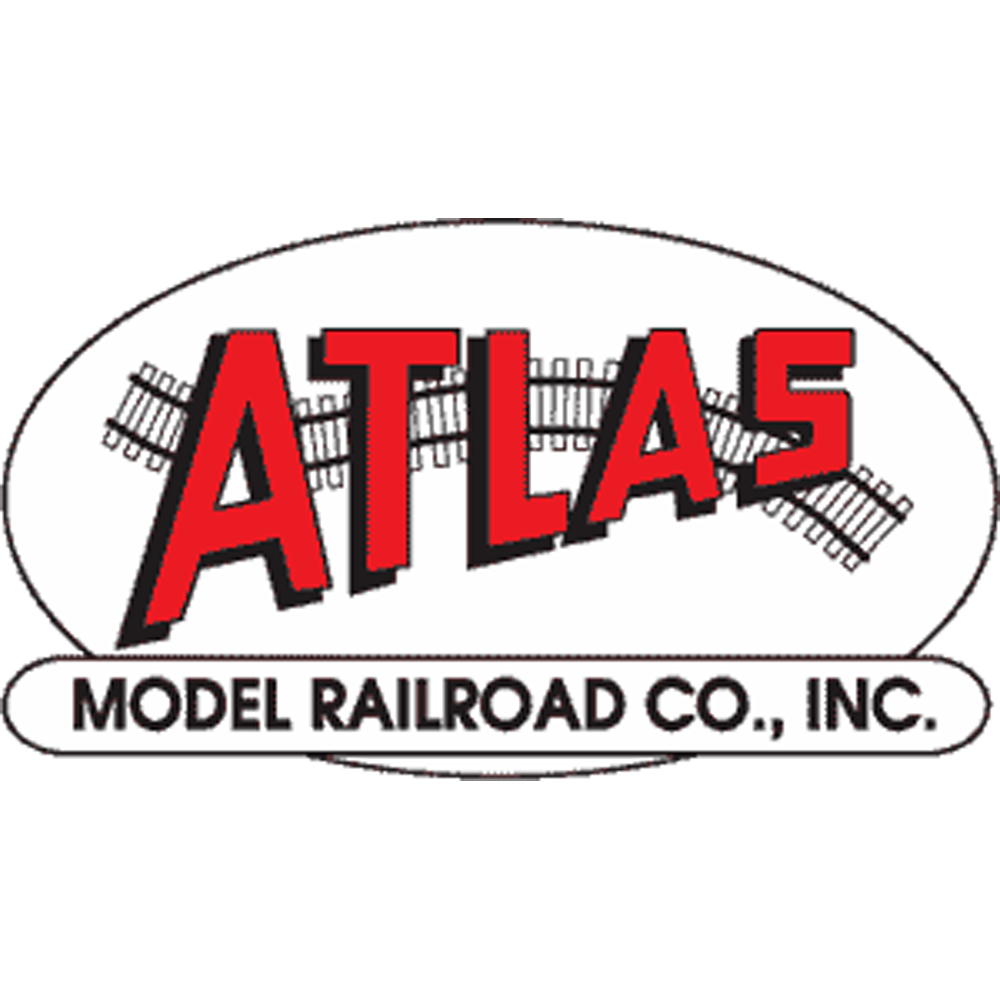Sound brings a new level of fun to a model railroad, but what’s a modeler to do if he doesn’t want to convert to Digital Command Control? Kato USA offers one solution with its Sound Box analog sound controller. With this device attached to a direct-current power pack, a modeler at a stationary location can blow the horn, hear the rumble of the diesel engine, and set momentum and effects without the need to install a decoder or convert a layout to DCC.
Easy set up. An instruction sheet outlines how to connect the Sound Box to a Kato power pack with the supplied Kato jumper cable. The unit is designed to work on both N and HO scale layouts. The Sound Box is self-contained in a 21⁄8″ x 5″ x 95⁄8″ plastic case. Male snap connectors on its left side allow the Sound Box to easily connect to the female snap terminals on a Kato power pack, which eliminates the need for an additional power supply. A Kato turnout controller can be attached to the female snap connectors on the Sound Box’s right side.
The Sound Box can be connected to non-Kato DC power packs via a terminal adapter cord (Kato part no. 24-843, manufacturer’s suggested retail price $3.50). This component has a Kato plug that fits into the Sound Box on one end and a pair of spade clips on the other that attach to the screw terminals of non-Kato power packs.
To get power to the Sound Box using a non-Kato power pack, modelers can use either a separate power supply (up to 18V, 3A, not included) or purchase a Kato DC converter (part no. 24-842, MSRP $7). This latter component connects the snap terminals of the Sound Box to the alternating-current accessory terminals of a non-Kato power pack.
The track feeders attach to a socket in the Sound Box. This can either be the cable from a Kato UniTrack terminal section or a Kato adapter cable for other brands of track.
Operation. Instead of on-board decoders, the Sound Box uses removable sound cards that fit into a slot on top of the unit. Each card features a different selection of prototype sounds. The Sound Box includes a first-generation General Motors’ Electro-Motive Division diesel sound card. As of this writing, sound cards that feature other steam and diesel prototypes are in development.
The sound files on the cartridge are from SoundTraxx and are of the same high quality as those on the firm’s DCC sound decoders. After placing an N scale Kato F3A on the track, I turned up the voltage on the power pack, and heard the EMD 567 prime mover start up. Since the 2″-diameter speaker on the Sound Box is larger than those typically used in HO or N scale decoder installations, it captured more of the rumbling bass of the prototype. The sound remained clear without any distortion as I turned up the volume knob.
The sound card includes three different airhorn sounds. I chose a single-chime horn for our F3A.
Turning up the start knob added some realistic acceleration and deceleration momentum, while adjusting the sync knob allowed me to have the diesel engine ramp up before the locomotive started moving. When using a steam sound card, this knob is also used to synchronize the exhaust chuffs to the motion of the drivers.
Six numbered buttons control the sound effects. In addition to the horn and bell, other user-triggered effects include a coupler crash, brake release when stationary, and squealing brakes when moving. Button 3 triggers the dynamic brake fan sound. That button also turns the engine sounds on or off when the model is stationary.
A mic jack lets users attach an external microphone for making station stop or other announcements. There’s also a separate volume knob for this output. The line out jack allows the Sound Box to be connected to an external sound system or a set of headphones for a more immersive experience.
Since it’s DC, the Sound Box can only run with one train at a time on a layout or electrical block. However, for solo operations or watching trains from a stationary location, the Sound Box offers an easy way to add high-quality sound effects to a model railroad.















$280 bucks seems too high to be without steam sounds. Too bad!